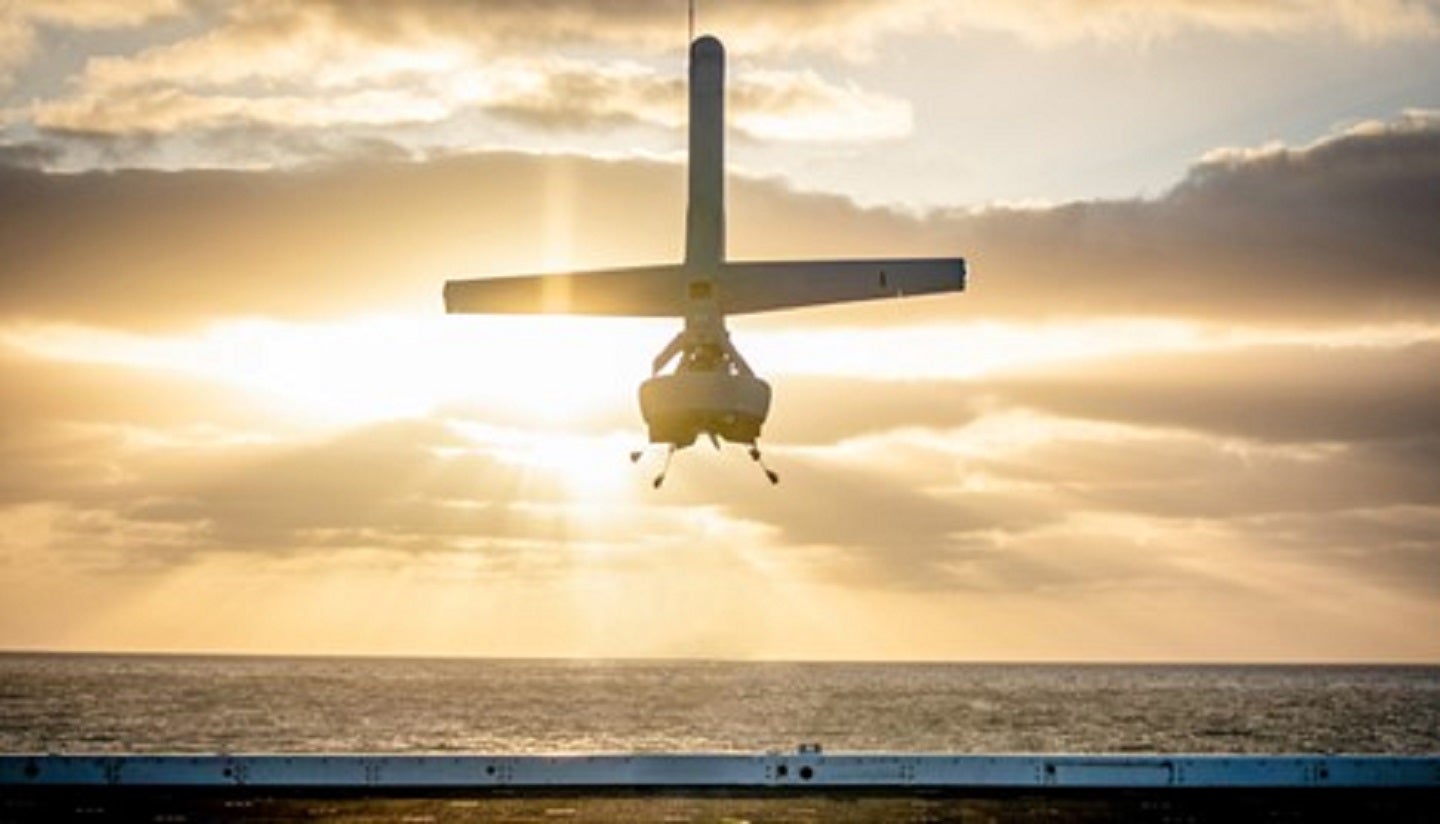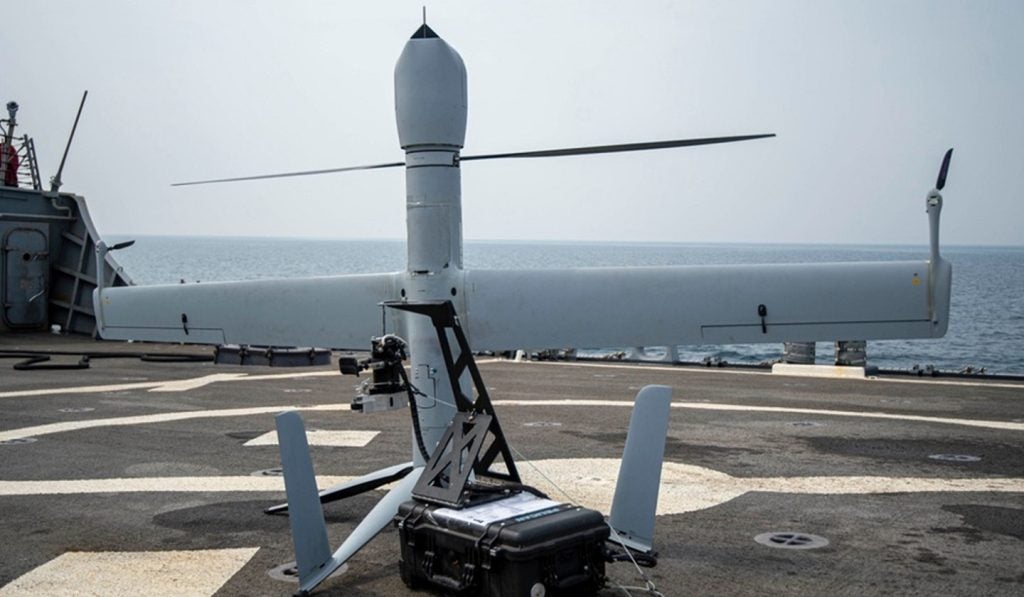
Shield AI, a US defence tech start-up specialising in artificial intelligence (AI) piloting, and Sentient Vision Systems, an Australia-based leader in AI-enabled passive wide area search, will provide a wide area motion imagery (WAMI) solution.
The partners will jointly develop and integrate Sentient’s ViDAR AI system, which will enhance the WAMI capability of Shield AI’s V-Bat. The capability will enable the UAS to intelligently classify, track and read-and-react to targets. Shield AI plans to fly the capability on V-BAT next year.
The growth of electro-optic or infrared sensors
ViDAR AI uses an Electro-Optic or Infrared (EO/IR) sensor to detect and classify targets in the imagery stream that would be invisible to a human operator or to a conventional radar.
With these enhanced capabilities V-BAT is more proficient, offering a level of AI that significantly enhances the system’s response to threats that were unseen until now.
Demand for EO/IR systems comes from the growing need for situational awareness and attempts to improve the technology in these systems for greater effectiveness.
GlobalData valued the global EO/IR systems market at $9.2bn in 2021, anticipating a compound annual growth rate of 3.43% to reach $12.9bn by 2031.
How well do you really know your competitors?
Access the most comprehensive Company Profiles on the market, powered by GlobalData. Save hours of research. Gain competitive edge.

Thank you!
Your download email will arrive shortly
Not ready to buy yet? Download a free sample
We are confident about the unique quality of our Company Profiles. However, we want you to make the most beneficial decision for your business, so we offer a free sample that you can download by submitting the below form
By GlobalDataIntegrating AI-enabled systems to UAS imagery is a driving factor
Modernisation initiatives have compelled many defence forces to procure a range of new sighting devices for their weapons as well as wearable night vision and thermal imaging systems for their soldier modernisation programmes. Innovators announce breakthrough developments frequently with the advent of unconventional military vehicles. For instance, efforts to introduce UAS’ in the armed services have driven the overall market for military EO/IR systems worldwide.
The airborne UAS EO/IR segment will account for 34.6% of the market. There are several major airborne platform EO/IR acquisition programmes currently being implemented around the world.
These include the US’ AN/AES-1 airborne laser mine detection systems, Target Sight System (TSS) and Sight/Pilot Night Vision Sensor (M‑TADS/PNVS) system; Common IR Countermeasure System UAE’s MS-110 reconnaissance pod; and Morocco’s Modernised Target Acquisition Designation Sight/Pilot Night Vision Sensor (M‑TADS/PNVS) system, among others.





